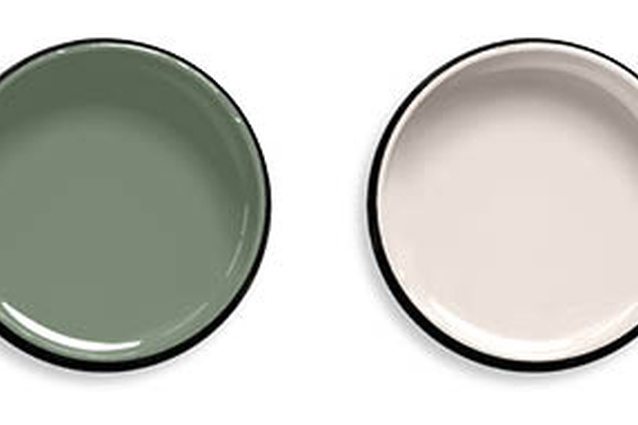format test ignore
dennis
Dennis 2
Background
—>
I spent 15 years living in London before meeting my French husband and moving to the South of France where we live in Montpellier. I normally return back to New Zealand each year for at least a month and do as many shoots as I can fit in while I’m back. There are always interesting surprises and connections which happen each time. I love New Zealander’s for this ease of connection and straightforwardness.
I’m really looking forward to being back in February 2022 for the first time in two years. My work in France is a mixture of commissioned jobs for architects and editorial work for magazines. Matthew Arnold and I self-published a book on modernist New Zealand houses, ‘Down The Long Driveway You’ll See It’ in 2014 and a new book focusing on mid-century Christchurch homes ‘I Never Met a Straight Line I Didn’t Like’ in 2020.

Tell us about the five projects you’ve chosen as your favourites. I’m sure it’s tough to choose between projects, but what stood out about these in particular.
Property developer Christian Bourdais asked 11 architects to design a holiday house in the Aragon mountains in northern Spain. The first house to be built, Solo Pezo by Chilean architectural firm Pezo von Ellrichshausen, is a concrete fortress-like house with rooms coming off a central courtyard. I had the chance to spend two days photographing the house and experienced it in both bright sunlight and driving rain.
I was lucky enough to be asked by the designer Rufus Knight to photograph Te Koha - The New Zealand Room; part of the New Zealand Institute of Architect’s Future Islands exhibition at the Venice Architecture Biennale in 2016. Although a very small space, Rufus’s use of New Zealand materials, especially wool and wood, gave the New Zealand room a beautiful sophisticated and warm feel.
Photographing Mies van der Rohe’s Villa Tugendhat was a personal project I had wanted to do since reading Simon Mawer’s novel ‘The Glass Room’. The novel traces the house through its incredible history. The house is really very much written as one of the central characters. Apparently the travertine marble wall glows like fire when the winter light enters the house mid-winter. I photographed it mid-summer (literally) and spent a happy day padding around the house in the mandatory plastic socks.
The Erber House is one of the houses featured in the book Matthew Arnold and I published on mid-century Christchurch architecture. It was designed by the architect Nicholas Kennedy in the 60s. It’s been lived in continuously by the original owners who commissioned the architect. There’s a real feeling of home and place about the house; something I love photographing just as much as the actual architecture.
The Van Doesburg house in suburban Paris was built in the 1930s by the architect as a family home for his wife Nelly van Moorsel & family. It now functions as an artists residency. I was commissioned to take photos of the Dutch artist couple Daniëlle van Ark & Thomas Raat who were living in the house at the time. They’d turned the house into an exhibition space and invited their artist friends to exhibit pieces. I like the idea of…
How did you get started with photography? Did you always have an interest in architecture and buildings or has that evolved over time?
I was given a film camera for my 21st birthday and loved the process of developing prints in the darkroom. Years later whilst living in London, just for fun I did a night class in black and white photography at Camberwell Art school. This led to a 4 year part-time photography degree at Westminster University. The course was weighted half theory and half practical. I enjoyed the theory side of things much more than the studio work.
I became fascinated by architecture at this time. However, I do think the love of architecture comes more from that feeling of being in a particular building I had as a kid. One building that springs to mind is Warren & Mahoney’s central public library in Christchurch where I spent many a happy Saturday morning choosing books.
What is your approach to capturing a space? What is the secret to conveying the feeling of being there?
It is a cliche but it is so much about the light. I like to have the time to wait for the light to be in a particular place. I often take the camera off the tripod and take detailed shots of a building. I try to be more rigorous and often my images aren’t perfect. Instead of perfection, I try to capture the way it feels to be in the space. As well as using the light, I play around with depth of field and use my medium format camera when I can. In this way perhaps I’m not really a classic architectural photographer.
How do you stay inspired outside of work?
Lots of energetic dog walking of our 18 month labrador Aalto, either at the beach in the winter when dogs are tolerated or in the countryside close to Motpelllier which is surprisingly wild.
Are there any projects or types of projects that you would love to photograph?
I’d be over the moon to have a photographic project in Japan.
Matters go-to colours from the range

Resene Cobalt Resene Spanish Green Resene Spring Wood Resene Tandori









